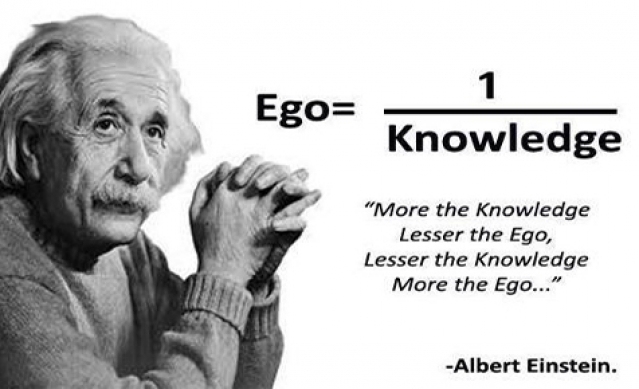The trader’s biggest enemy is their own EGO.
 Ego: a person’s sense of self-esteem or self-importance.
Ego: a person’s sense of self-esteem or self-importance.
1. The new traders with big egos always have but confidence in their trading ability before developing competence in trading. New traders that trade before educating themselves are ignorant of their own ignorance.
2. Ego driven traders think they are special and will beat the market, even without putting in the work. They feel this way even though there is no evidence from their past trading success.
3. Most stubbornness in traders arises from the egos refusal to change, to learn, or to accept they are wrong about something.
4. The ego will make you hold a trade that is going against you, in the hope that you can prove yourself right when it reverses.
5. The biggest cause of trading too big of a position size, is ignoring risk management in favor of confidence in an unknown outcome.
6. Arrogant traders will focus on being right about predictions more than developing a robust trading methodology.
7. Ego driven traders put being right above being profitable. Their goal is ego gratification, not profitable trading.
Successful traders trade a plan based on logic, reason, probabilities, historical prices, and risk management.


 This concept of process versus outcome was first introduced to me when I read the book, “More Than You Know”, by Michael Mauboussin. It was also discussed in the books written by the brilliant authors Michael Covel and Mark Douglas.
This concept of process versus outcome was first introduced to me when I read the book, “More Than You Know”, by Michael Mauboussin. It was also discussed in the books written by the brilliant authors Michael Covel and Mark Douglas.